Home>Interior Design>Small Living Room Mistakes: 5 Designers Want Us To Avoid Now
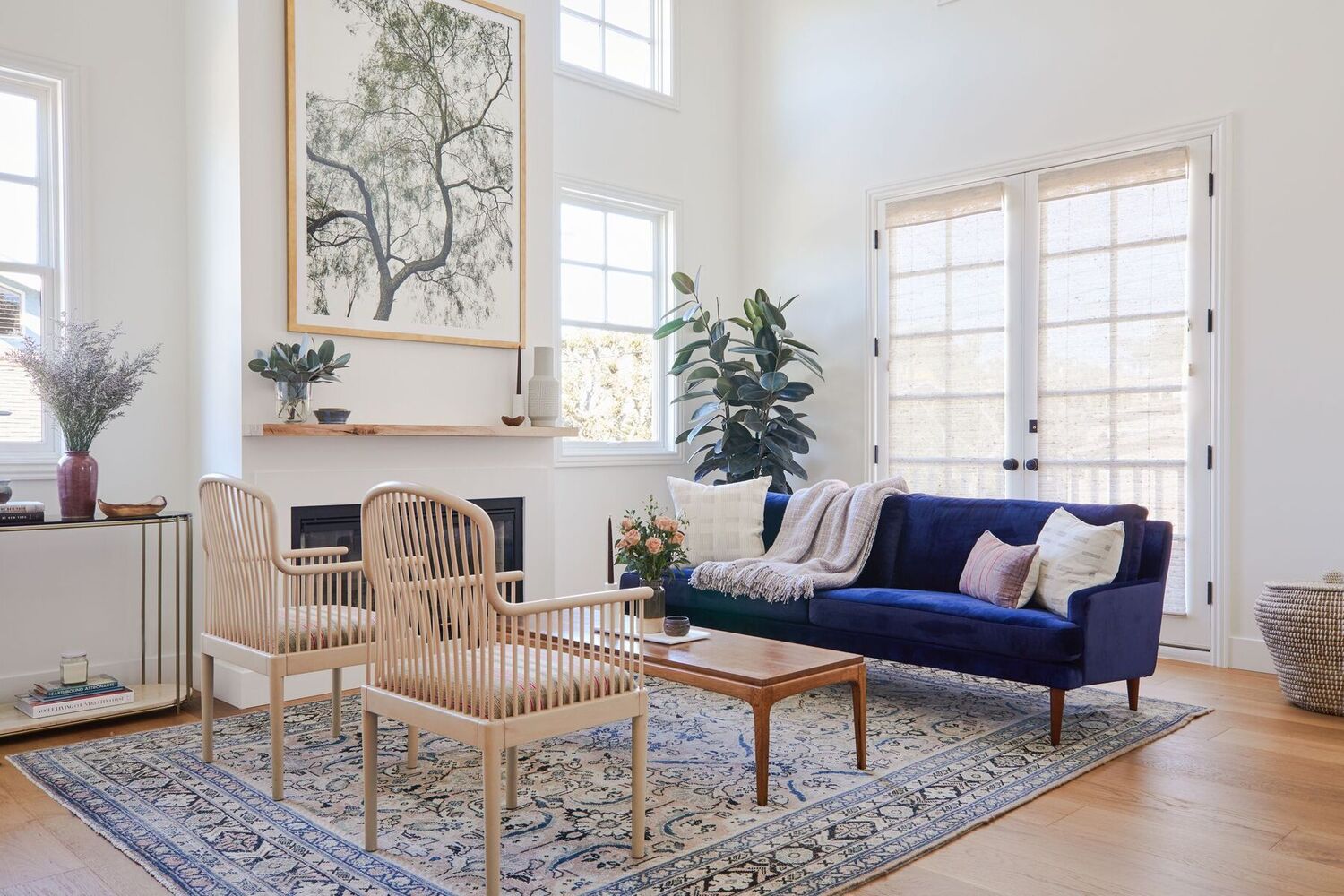

Interior Design
Small Living Room Mistakes: 5 Designers Want Us To Avoid Now
Modified: January 23, 2024
Avoid these 5 small living room mistakes now to create an impeccable interior. Get expert tips from designers to elevate your interior design game.
(Many of the links in this article redirect to a specific reviewed product. Your purchase of these products through affiliate links helps to generate commission for Storables.com, at no extra cost. Learn more)
Introduction
Welcome to the world of interior design, where every decision you make can transform a space into a stunning masterpiece or a cluttered and uninspiring mess. When it comes to small living rooms, the stakes are even higher. Maximizing the potential of a limited space while creating a cozy and inviting atmosphere can be a daunting challenge.
In this article, we will explore the common mistakes that designers want us to avoid when it comes to small living rooms. By learning from the experts, you can sidestep these pitfalls and create a space that not only looks beautiful but also functions seamlessly for your everyday needs.
Let’s delve into the top five mistakes you should avoid when designing a small living room.
Key Takeaways:
- Avoid overcrowding your small living room by choosing sleek, multi-functional furniture and prioritizing a clutter-free layout. Create a spacious and inviting environment by embracing smart design strategies.
- Transform your small living room into a stylish oasis by maximizing space with smart storage solutions and embracing a balanced color palette. Create a cozy and visually appealing space that reflects your personal style.
Mistake #1: Overcrowding the space
One of the most common mistakes made in small living room design is overcrowding the space with too many furniture pieces and accessories. While it may be tempting to fill the room with every piece you love, it can quickly lead to a cramped and chaotic environment.
To avoid this mistake, start by decluttering and only keeping the essentials. Consider the scale and proportion of the furniture you choose. Opt for sleek and streamlined pieces that don’t overwhelm the room. Selecting furniture with exposed legs can also help create a sense of openness.
Additionally, be mindful of traffic flow in the room. Arrange the furniture in a way that allows for easy movement and doesn’t block any pathways. This will create a more spacious and functional layout.
Utilizing multi-functional furniture is another smart strategy to maximize space. Look for pieces that can serve multiple purposes, such as a coffee table with hidden storage or a sofa bed for accommodating overnight guests. This way, you can have all the functionality you need without sacrificing precious space.
Remember, less is more when it comes to small living rooms. By avoiding the temptation to overcrowd the space, you can create a more open and inviting environment that feels spacious and comfortable.
Mistake #2: Neglecting the power of lighting
When it comes to designing a small living room, lighting is often overlooked. However, lighting can play a crucial role in creating ambiance, making the room feel larger, and highlighting key features.
One mistake to avoid is relying solely on one central overhead light. This can create harsh lighting that fails to create depth or warmth in the space. Instead, opt for a layered lighting approach.
Start with natural light as the foundation. Utilize windows and skylights to bring in as much natural light as possible. Avoid heavy curtains or blinds that block the light and opt for sheer or light-colored window treatments that allow the light to filter through.
Next, incorporate different types of artificial lighting. Task lighting, such as table lamps or adjustable wall sconces, can provide focused illumination for reading or work areas. Accent lighting, such as track lighting or picture lights, can be used to highlight artwork or architectural details.
Additionally, consider using ambient or indirect lighting to create a soft and inviting atmosphere. This can be achieved through the use of floor lamps, recessed lighting, or even string lights.
Remember to place lighting strategically to accentuate the room’s focal points and create a sense of depth. Effective lighting can not only make a small living room appear larger but also add a touch of sophistication and coziness to the space.
Mistake #3: Choosing the wrong furniture
The furniture you choose for your small living room can make or break the overall design. One common mistake is selecting furniture that is too large or too bulky for the space.
When shopping for furniture, consider the scale and proportion of each piece. Look for furniture with a smaller footprint that can fit comfortably in the room without overwhelming the space. Opt for sleek and slim designs that create an illusion of openness.
Modular furniture can be a great choice for small living rooms. These versatile pieces can be rearranged and customized to fit your specific needs, making the most of the available space. Additionally, furniture with built-in storage can be a lifesaver in a small living room, providing a place to stow away clutter and keep the space tidy.
Another mistake to avoid is choosing furniture that doesn’t match the style or color scheme of the room. This can create a disjointed and cluttered look. Instead, aim for consistency and cohesion in your furniture choices. Select pieces that complement each other and the overall aesthetic of the room.
Lastly, don’t forget about the comfort factor. While it’s important to prioritize space-saving designs, you also want furniture that is comfortable and inviting. Test out different options to find the right balance between style, function, and comfort.
By choosing the right furniture for your small living room, you can optimize the space and create a harmonious and visually pleasing environment.
When arranging furniture in a small living room, avoid pushing everything against the walls. Create a more intimate and cozy space by pulling furniture away from the walls to create a more inviting layout.
Mistake #4: Ignoring the importance of storage
In a small living room, storage is key. Ignoring the importance of proper storage solutions is a major mistake that many people make when designing their space. Without adequate storage, the room can quickly become cluttered and disorganized, making it difficult to relax and enjoy the space.
To avoid this mistake, prioritize storage options that are both functional and stylish. Look for furniture pieces with built-in storage, such as ottomans with hidden compartments or coffee tables with shelves or drawers. These can provide a convenient place to store items like magazines, remote controls, or extra blankets, keeping them out of sight and minimizing clutter.
Consider utilizing vertical space as well. Install floating shelves or bookcases on the walls to display books, decorative items, or even incorporate storage baskets. This not only provides additional storage but also adds visual interest and showcases your personal style.
Another storage solution is to make use of multi-purpose furniture. Look for pieces that serve dual functions, such as a storage bench that can also be used as seating or a media console with built-in shelving for both electronics and personal items.
Finally, don’t forget about optimizing closet and cabinet space. Invest in organizers such as hanging shelves, shoe racks, or storage bins to maximize the available space. Keeping items neatly organized and easily accessible will help create a more spacious and clutter-free living room.
By considering the importance of storage and implementing smart storage solutions, you can create a small living room that is both stylish and functional, with a place for everything and everything in its place.
Mistake #5: Neglecting the use of color and pattern
Color and pattern can have a significant impact on the overall look and feel of a small living room. Neglecting their proper use can result in a space that feels dull, cramped, or unbalanced. Avoiding this mistake involves carefully considering the color palette and integrating patterns thoughtfully.
When it comes to choosing colors for a small living room, opting for lighter shades can help create a sense of spaciousness. Light and neutral colors, such as whites, creams, pastels, or soft grays, can reflect more natural light and give the illusion of a larger space. Incorporating pops of color through accessories or accent pieces can add interest and personality without overwhelming the room.
While lighter colors can create a more open feel, don’t be afraid to experiment with bolder hues if that suits your personal style. Just be sure to balance the boldness with soft neutrals or complementing tones to create a cohesive and harmonious look.
Introducing patterns can also add visual interest to a small living room. However, it’s important to use them strategically and sparingly. Large or busy patterns can overwhelm the space and make it feel cramped. Instead, choose smaller and subtle patterns that can bring depth and texture without overpowering the room.
Consider incorporating patterns through throw pillows, area rugs, curtains, or accent wallpaper on a single wall. These elements can add visual interest and personality to the space without overwhelming it.
Remember, using color and pattern effectively is about finding a balance. Create a harmonious and visually appealing small living room by choosing a color palette that enhances spaciousness and integrating patterns in a subtle and strategic manner.
Conclusion
Designing a small living room can be a challenge, but by avoiding key mistakes, you can create a space that is both visually appealing and functional. By now, we’ve explored five common design mistakes to avoid:
- Overcrowding the space: Opt for sleek and streamlined furniture, utilize multi-functional pieces, and prioritize a clutter-free layout.
- Neglecting the power of lighting: Embrace natural light, incorporate layered lighting techniques, and create a warm and inviting ambiance.
- Choosing the wrong furniture: Select furniture that is scale-appropriate, cohesive to the room’s style, and offers efficiency.
- Ignoring the importance of storage: Maximize space with smart storage solutions like multi-purpose furniture and vertical storage options.
- Neglecting the use of color and pattern: Choose a light color palette, utilize patterns sparingly, and create a balance that enhances the room’s aesthetic.
By avoiding these mistakes and implementing smart design strategies, you can transform your small living room into a stylish and comfortable oasis. Remember to keep a balance between functionality and aesthetics, making the most of every square inch while creating a space that reflects your personal style.
With careful planning, attention to detail, and a touch of creativity, your small living room will become a sanctuary that brings joy and comfort to your everyday life.
Frequently Asked Questions about Small Living Room Mistakes: 5 Designers Want Us To Avoid Now
Was this page helpful?
At Storables.com, we guarantee accurate and reliable information. Our content, validated by Expert Board Contributors, is crafted following stringent Editorial Policies. We're committed to providing you with well-researched, expert-backed insights for all your informational needs.
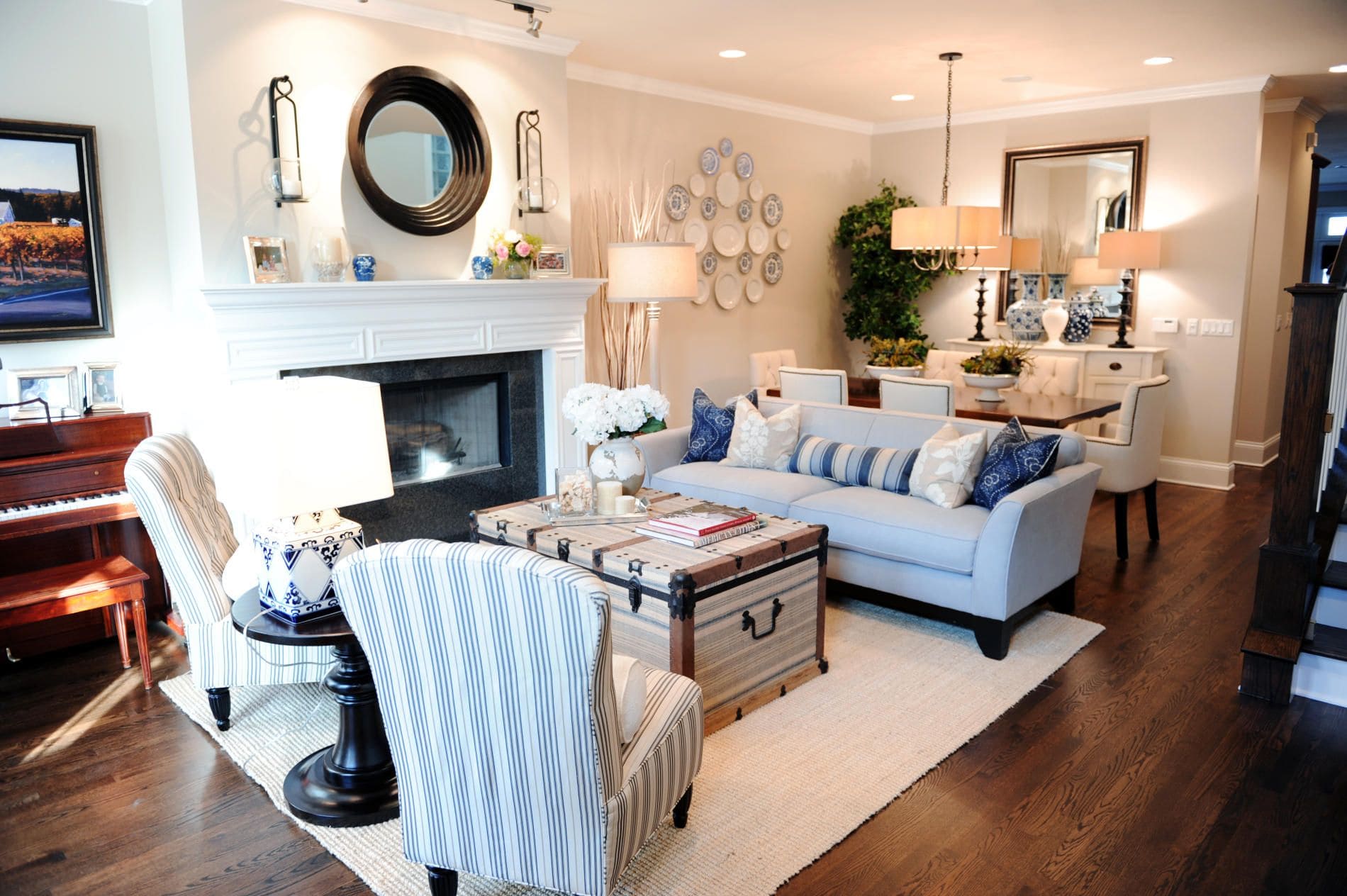
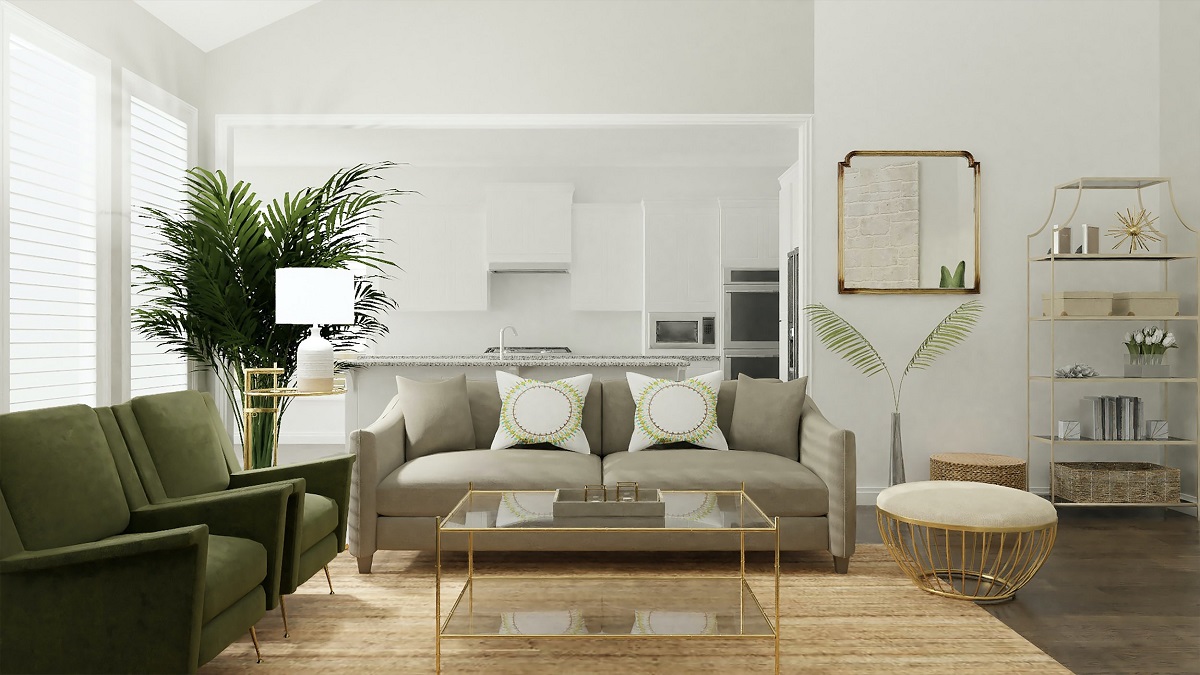
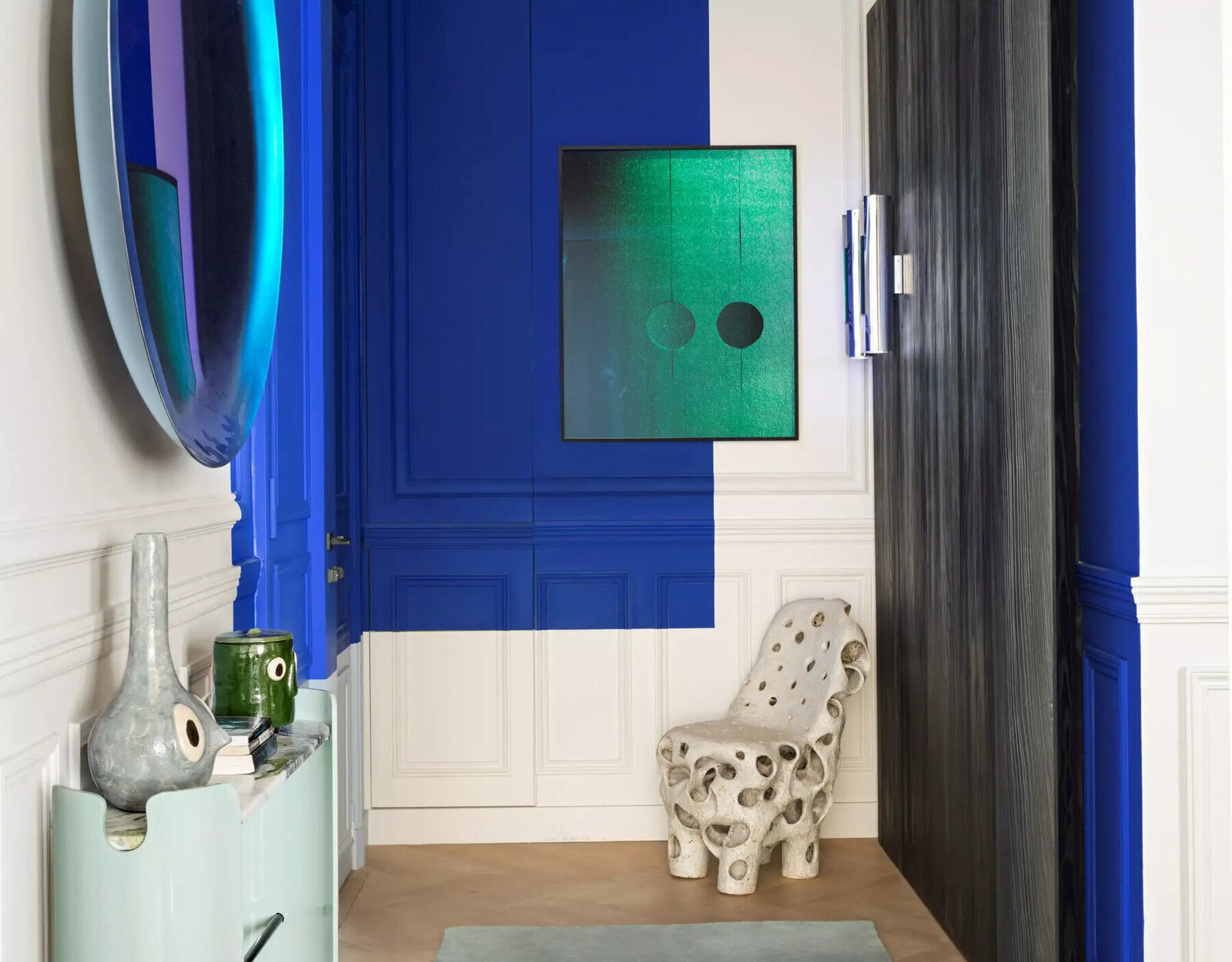
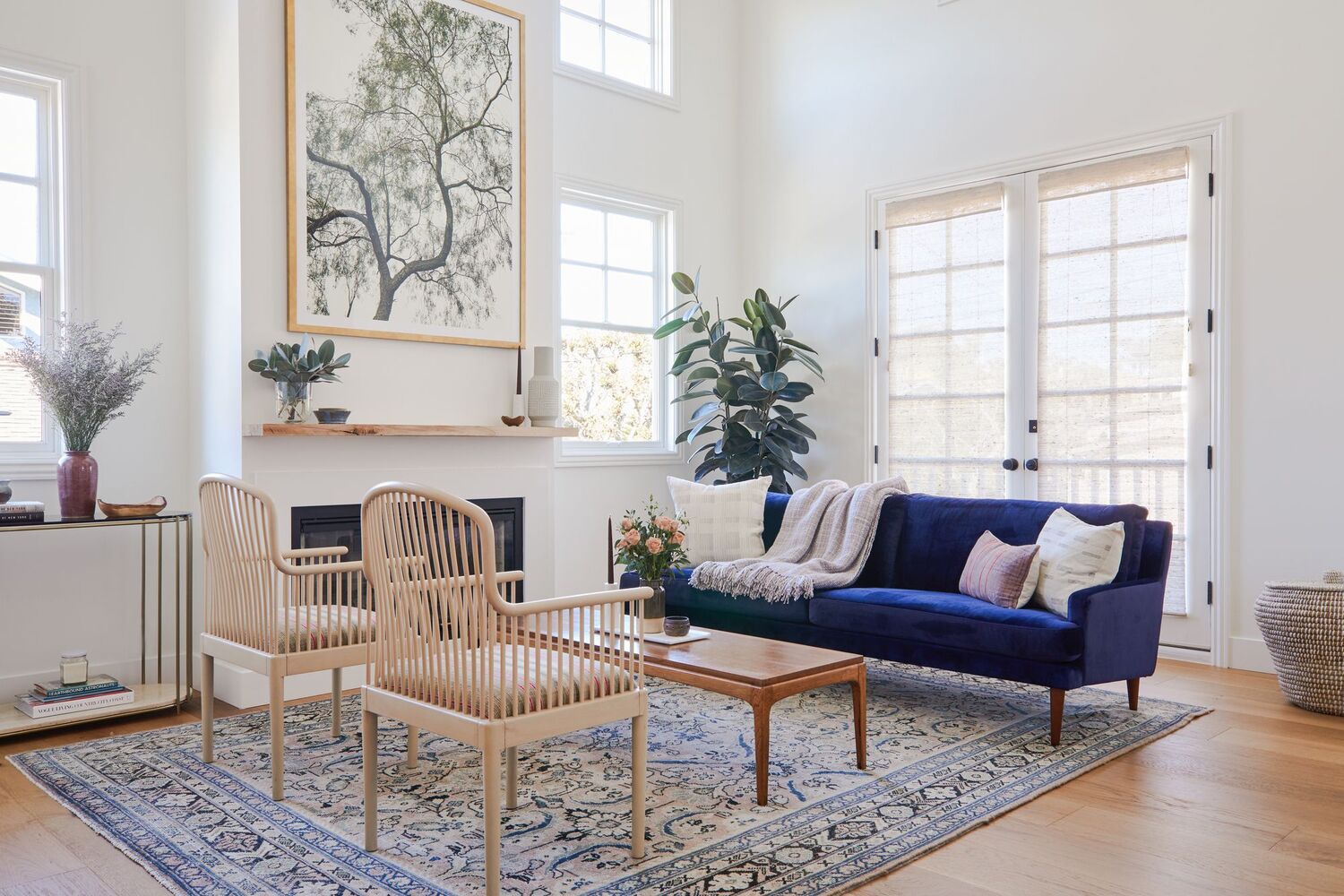
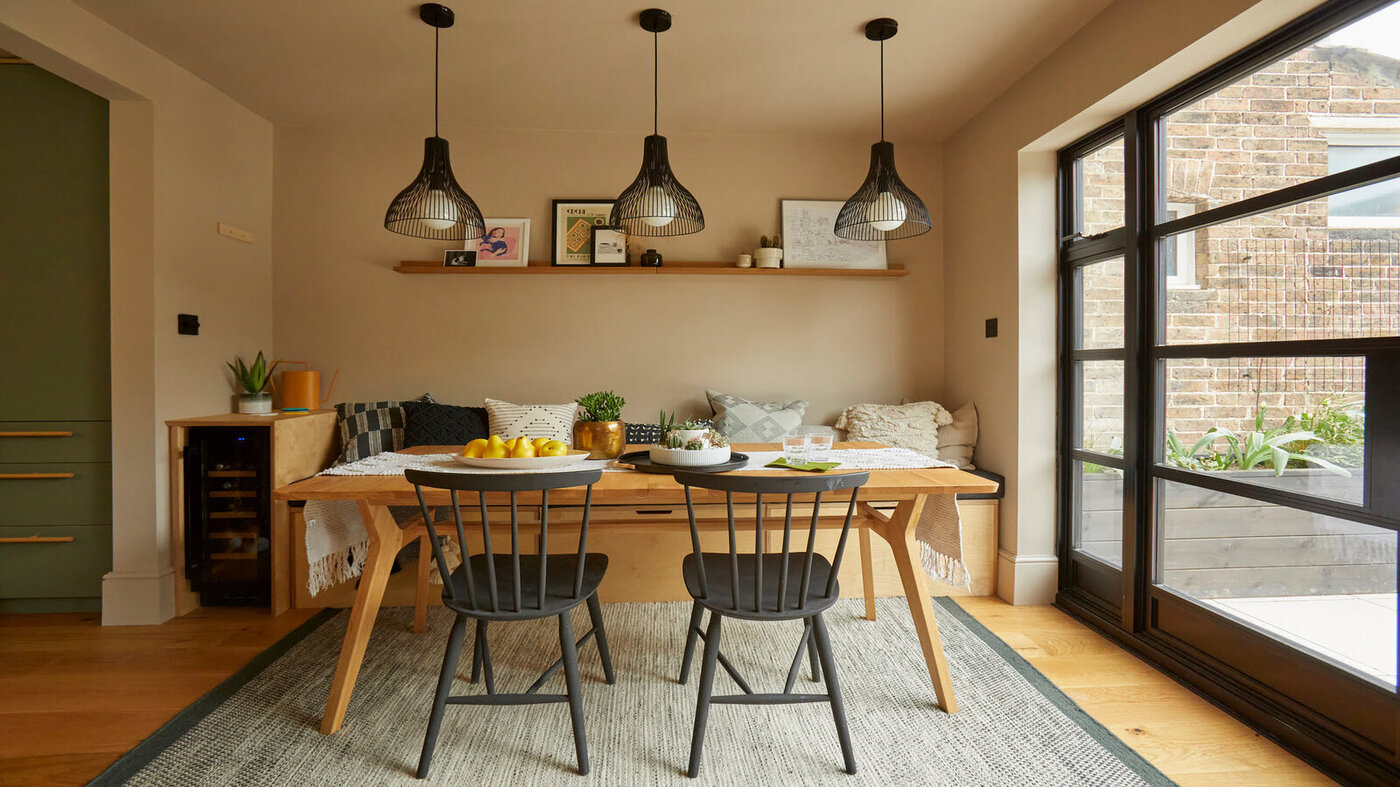
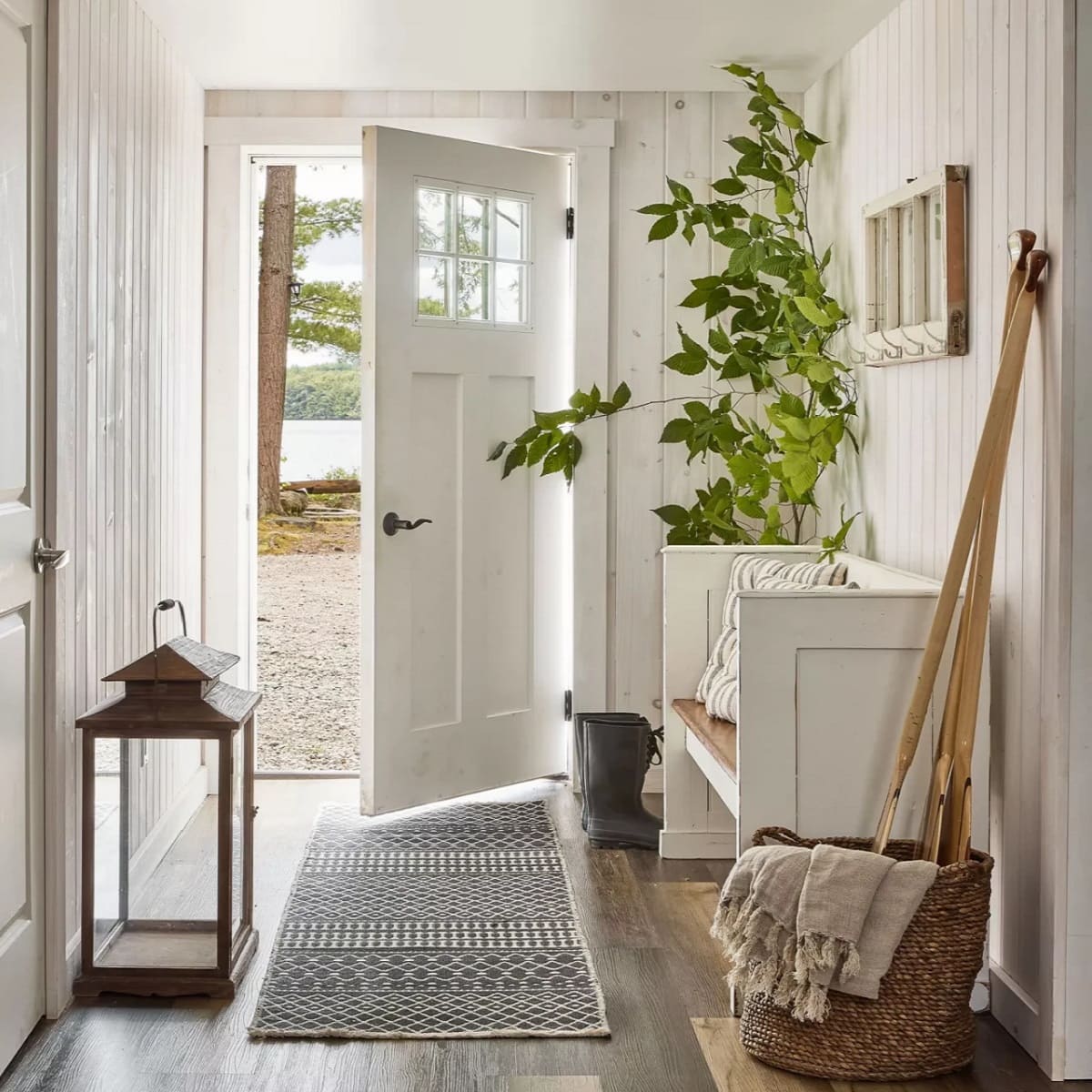
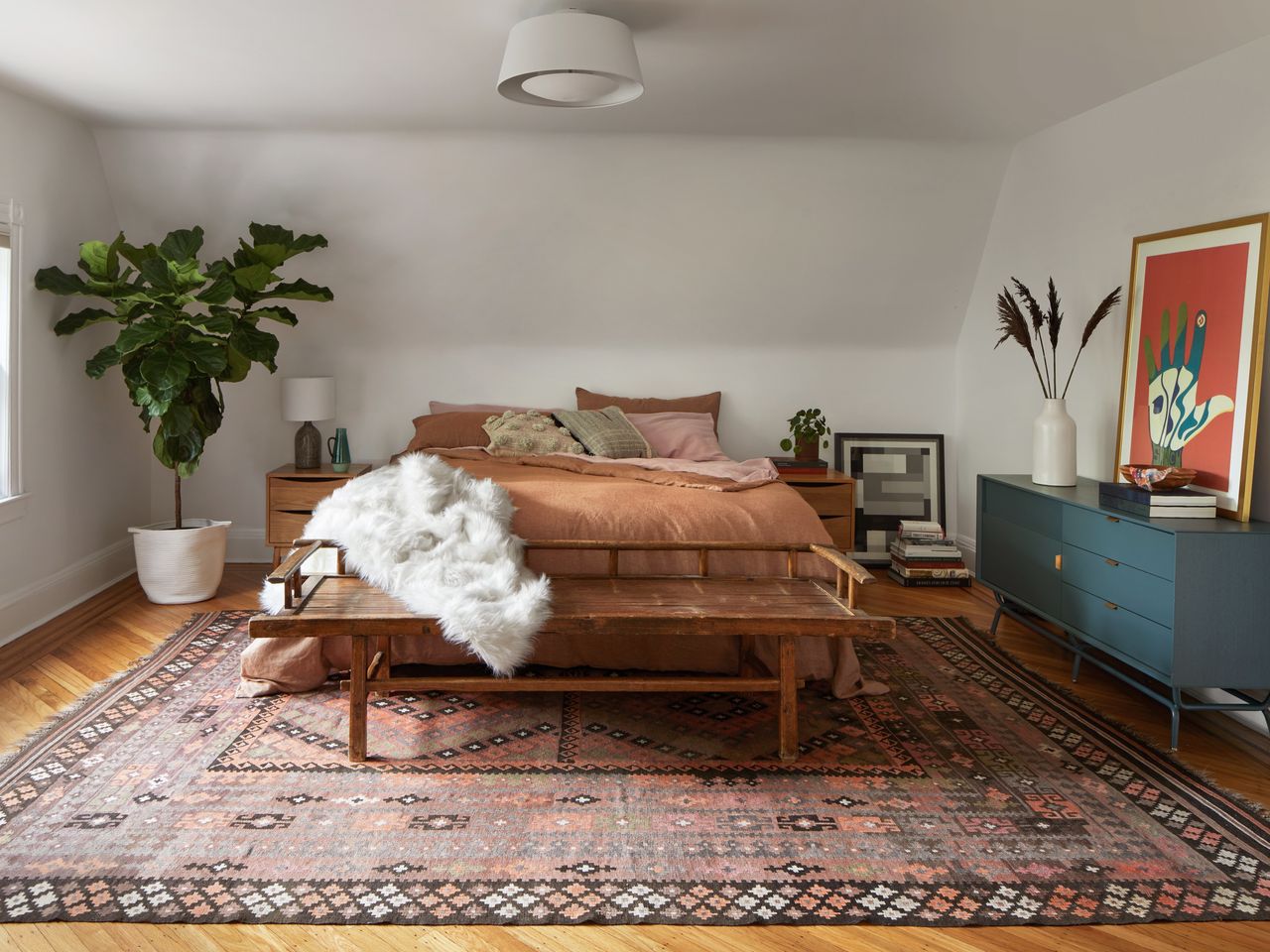
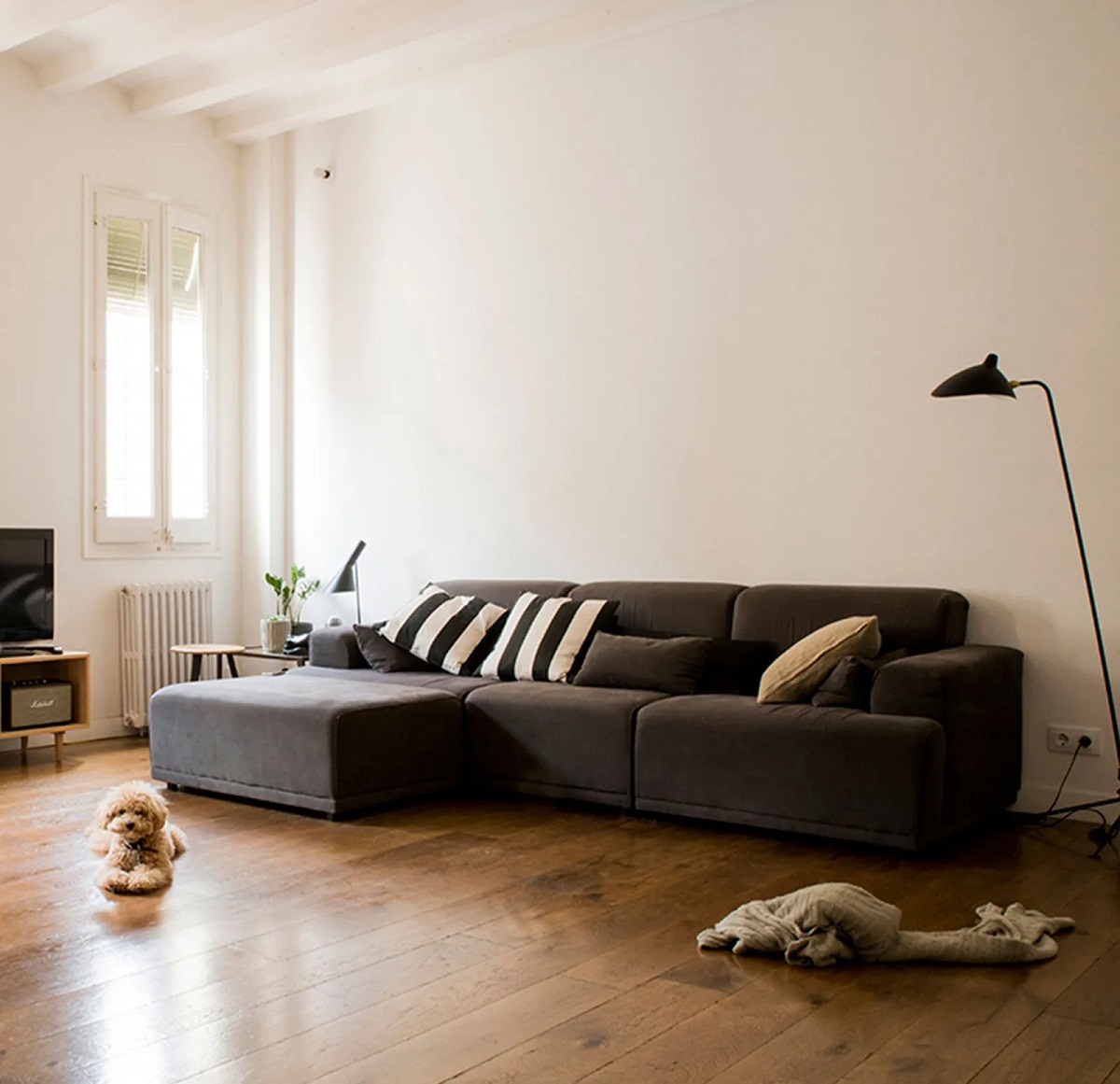
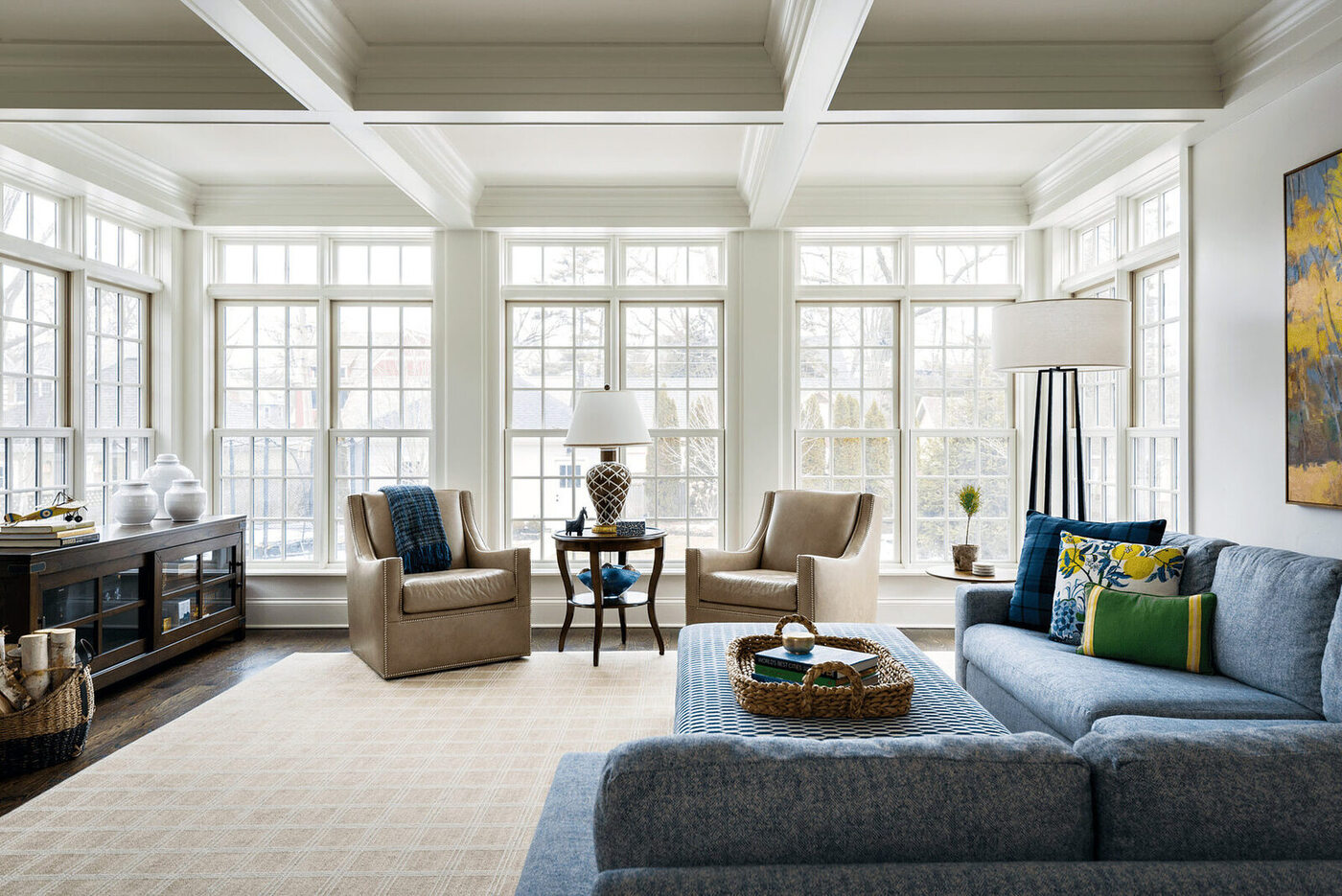
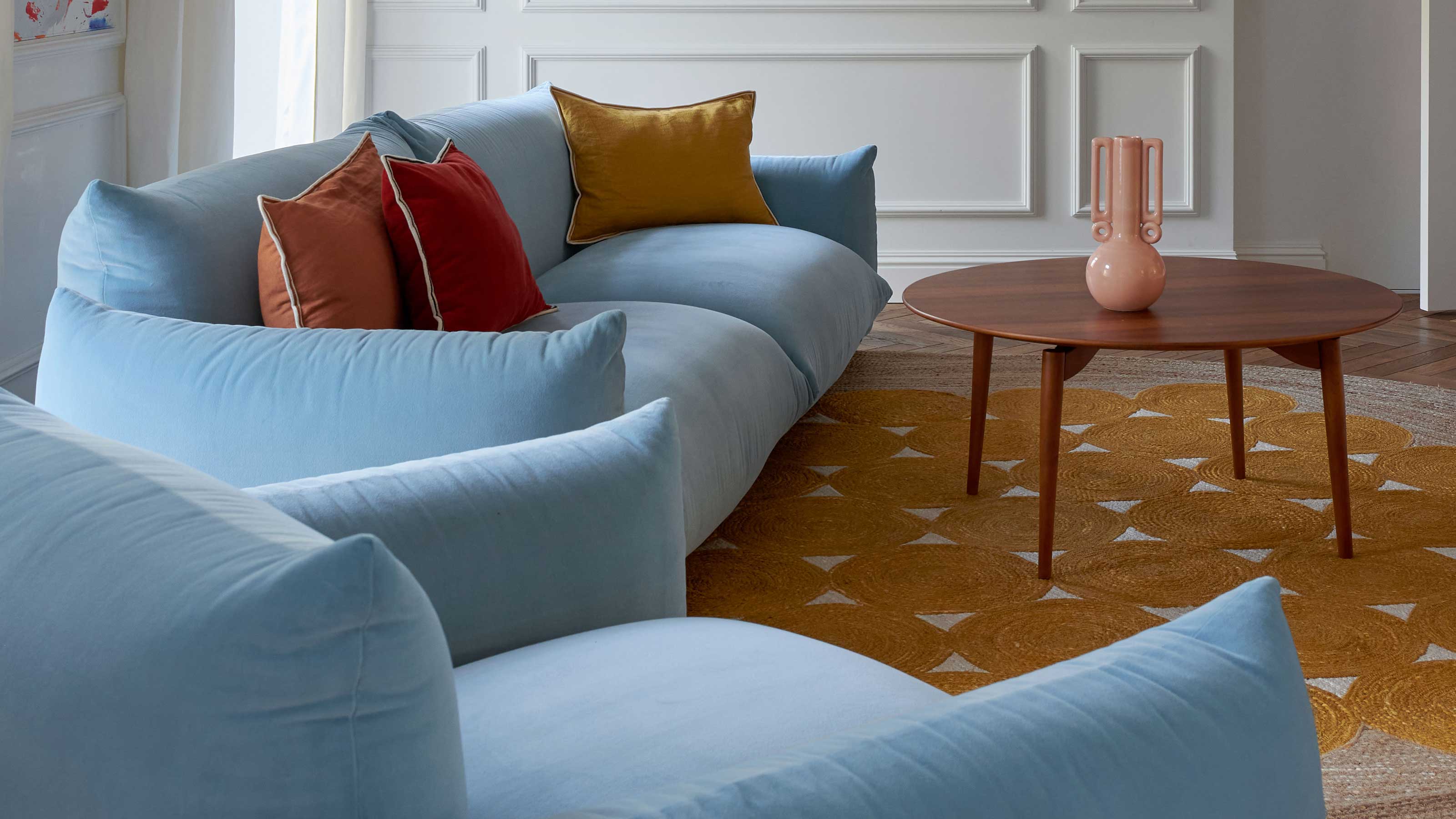
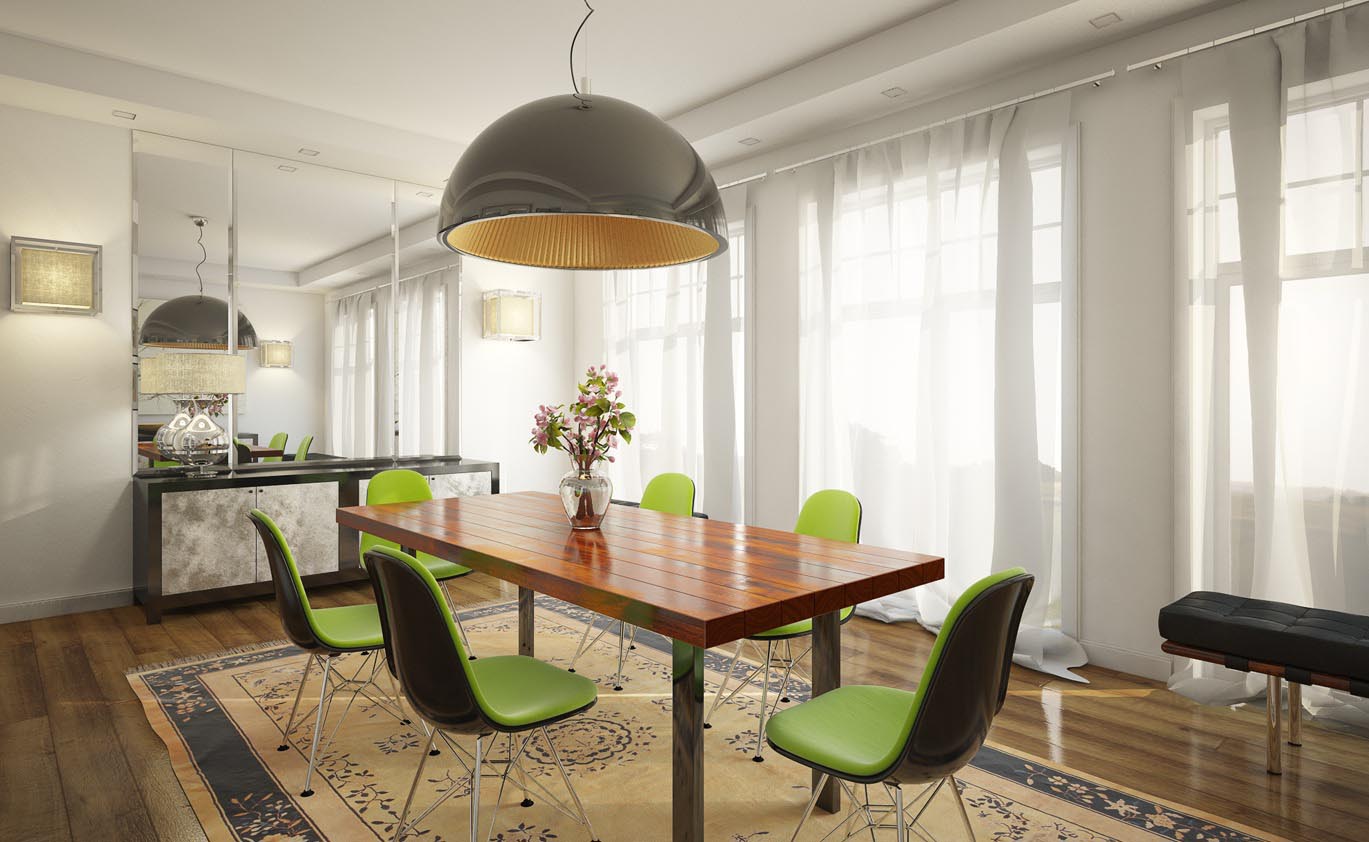
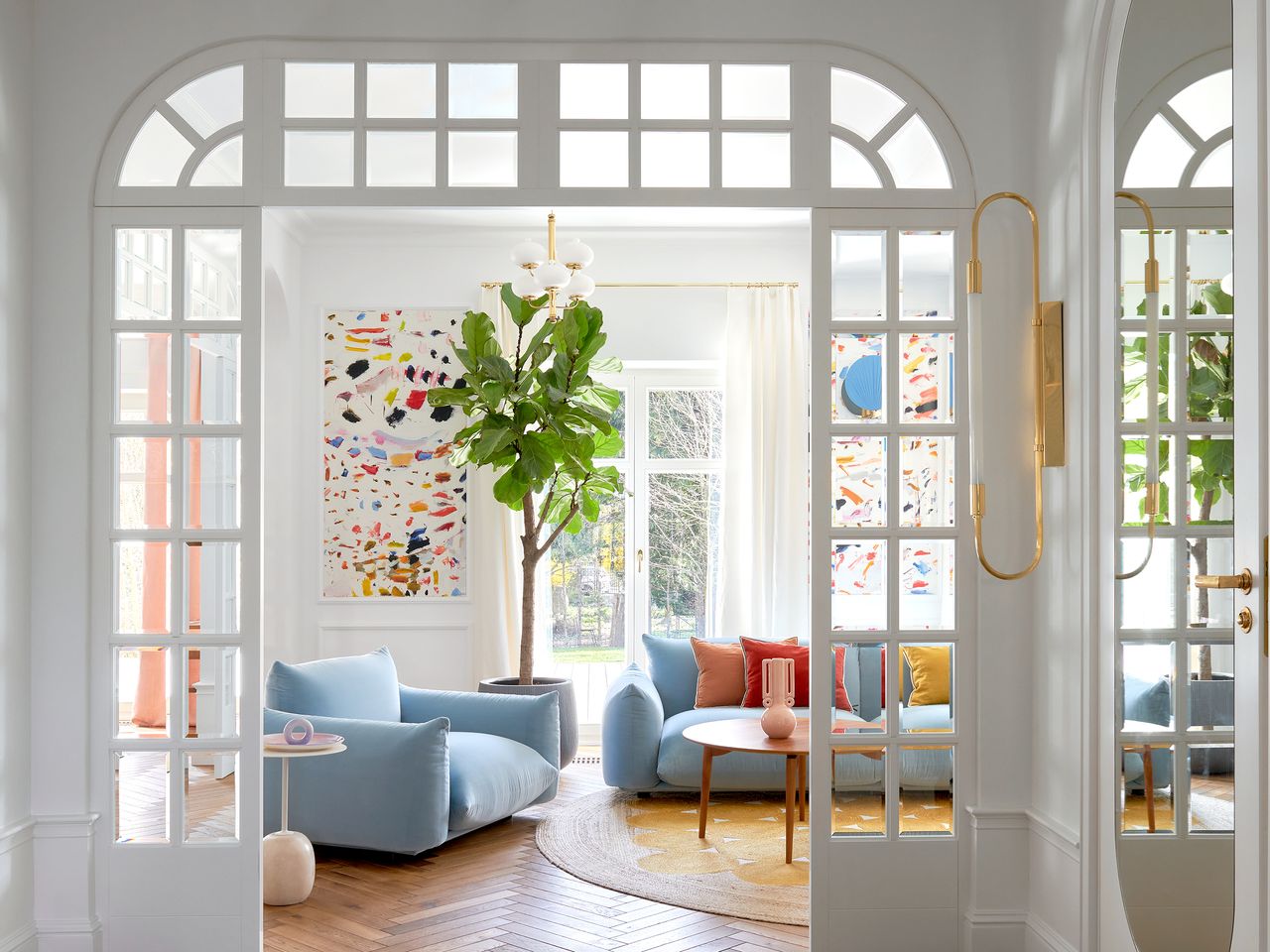



0 thoughts on “Small Living Room Mistakes: 5 Designers Want Us To Avoid Now”